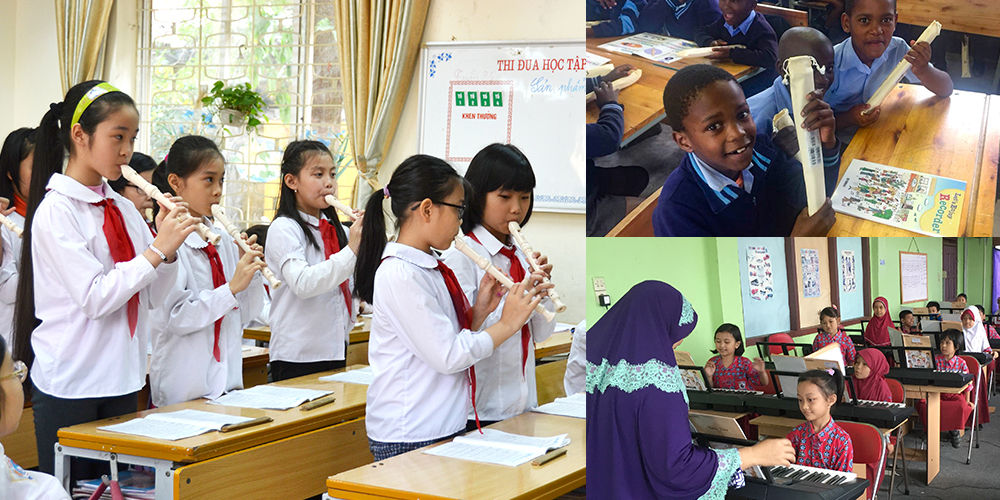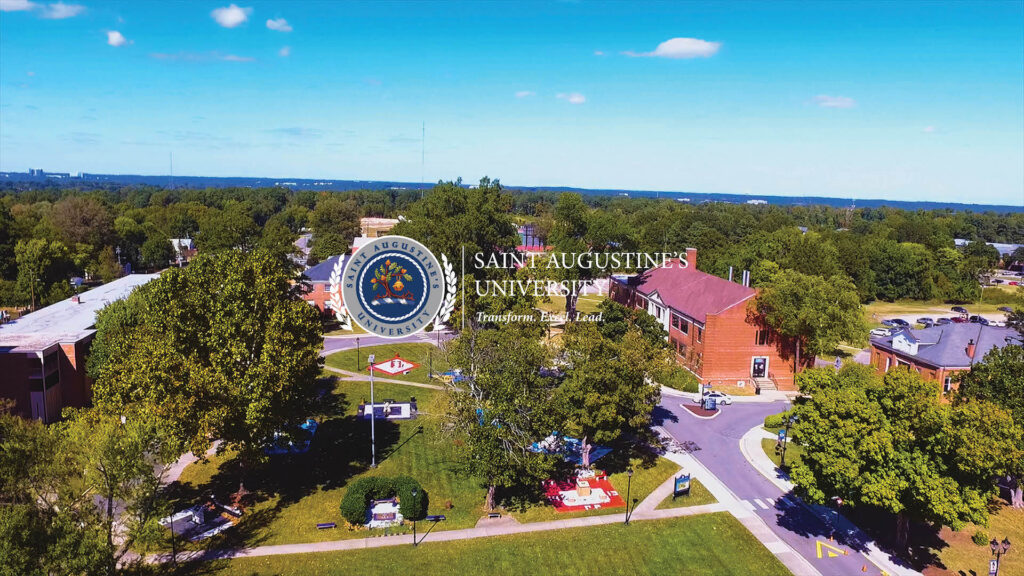
Tanzania is making significant strides in improving its education sector by investing in modern infrastructure for public schools. This ambitious initiative aims to provide a conducive learning environment, bridge the gap between urban and rural schools, and enhance the quality of education nationwide.
The Need for Modern Infrastructure in Public Schools
Public schools in Tanzania face challenges such as overcrowded classrooms, outdated facilities, and inadequate resources. These issues hinder effective teaching and learning. Recognizing the critical role of infrastructure in education, the government has prioritized modernization efforts to address:
- Overcrowding: Many schools struggle with high student-to-classroom ratios, affecting individual attention.
- Outdated Facilities: Lack of proper classrooms, laboratories, and libraries limits learning opportunities.
- Rural Disparities: Schools in remote areas often lag behind urban counterparts in infrastructure development.
Key Initiatives in Modernizing Public Schools
Tanzania’s government, in collaboration with development partners and private stakeholders, has launched several initiatives to transform public school infrastructure:
1. Construction of New Classrooms
To accommodate the growing number of students, thousands of new classrooms are being built across the country.
- Impact: reduced overcrowding and improved teacher-student interaction.
2. Equipping Schools with Modern Facilities
Schools are being upgraded with state-of-the-art laboratories, libraries, and ICT centers to promote practical learning and digital literacy.
- Example: Installation of computer labs in secondary schools to enhance technology skills.
3. Improved Sanitation and Water Access
Efforts are underway to provide clean water and sanitation facilities in schools, particularly in rural areas.
- Impact: Improved hygiene and reduced absenteeism, especially among girls.
4. Solar Energy Installation
Many rural schools are being equipped with solar panels to ensure reliable electricity for lighting and digital learning.
- Impact: Enhanced learning hours and access to modern teaching tools.
5. Inclusive Education Infrastructure
Special attention is being given to students with disabilities by constructing accessible facilities, including ramps and specialized classrooms.
- Example: Schools equipped with Braille resources and sign language interpreters.
Government Funding and Partnerships
The Tanzanian government has allocated substantial funds for education infrastructure through its national budget. Key collaborations include:
- World Bank Support: Funding for projects aimed at improving rural education infrastructure.
- Public-Private Partnerships: Companies are contributing to school construction and resource provision.
- Community involvement: Local communities are actively participating in building and maintaining schools.
Success Stories of Infrastructure Modernization
Several schools across Tanzania have already benefited from these modernization efforts:
- Dodoma Region: Construction of new classrooms has significantly reduced overcrowding.
- Arusha Region: The introduction of digital learning centers has improved student performance in STEM subjects.
- Mtwara Region: Installation of solar energy has enabled evening study programs, boosting exam results.
Challenges in Infrastructure Development
Despite progress, challenges remain in the journey to modernize public schools:
- Funding Gaps: Limited resources slow down the implementation of large-scale projects.
- Maintenance Issues: Ensuring the sustainability of new infrastructure requires regular upkeep.
- Geographical Barriers: Remote areas pose logistical challenges for construction and resource delivery.
The Way Forward
To sustain and expand these efforts, Tanzania must focus on:
- Increased budget allocation: ensuring consistent funding for education infrastructure.
- Strengthening Partnerships: Encouraging more private sector involvement in education projects.
- Capacity Building: Training local communities to maintain and manage school facilities.
- Monitoring and Evaluation: Regularly assessing the impact of infrastructure projects to ensure goals are met.
Conclusion
Tanzania’s investment in modernizing public school infrastructure is a transformative step toward quality education for all. By addressing key challenges and embracing innovative solutions, the government is creating an equitable learning environment that empowers students and prepares them for a competitive future.
This commitment to education infrastructure not only benefits current students but also lays the foundation for long-term national development. Tanzania is setting an example for other nations by demonstrating that investing in education is investing in the future.
Related articles
- Discover Tanzania University Semester Two Exam Timetable Today
- 10 Proven Strategies to Ace Your Semester One Exams in Tanzania
- The Ultimate Guide to Scoring High in Semester One Exams at Tanzanian Universities
- Semester One Exam Schedule for Tanzanian Universities: Key Dates and Updates
- UDSM Announces Research Scholarships for Climate-Smart Agriculture
- Ministry of Education Denies Changes to Kenya’s University Entry Requirements
- Prof. Carolyne Nombo Opens Key Stakeholders Meeting on Teacher Education
- UDSM-Sida Re-advertises PhD Sponsorship in Marine Sciences
- How Companies in Tanzania Empower Education Through Scholarship Sponsorships

